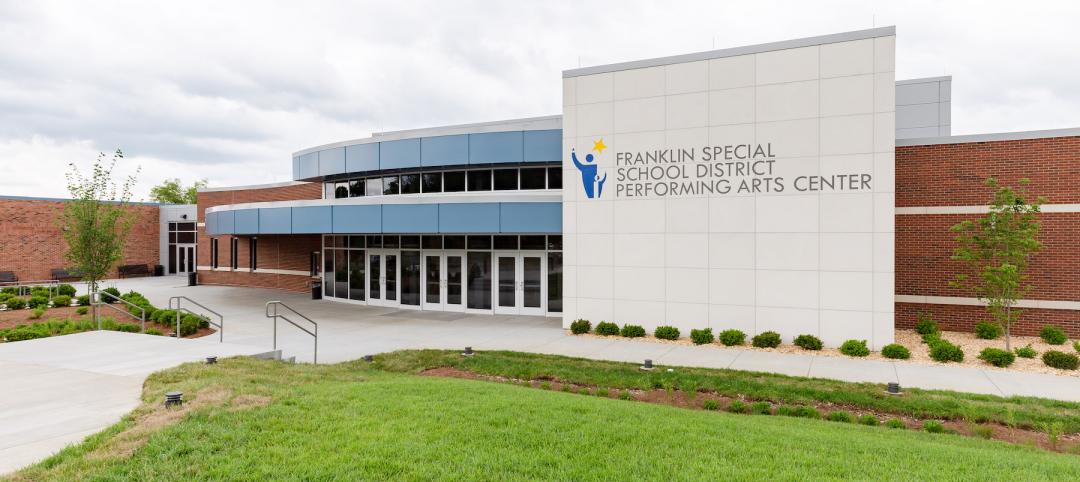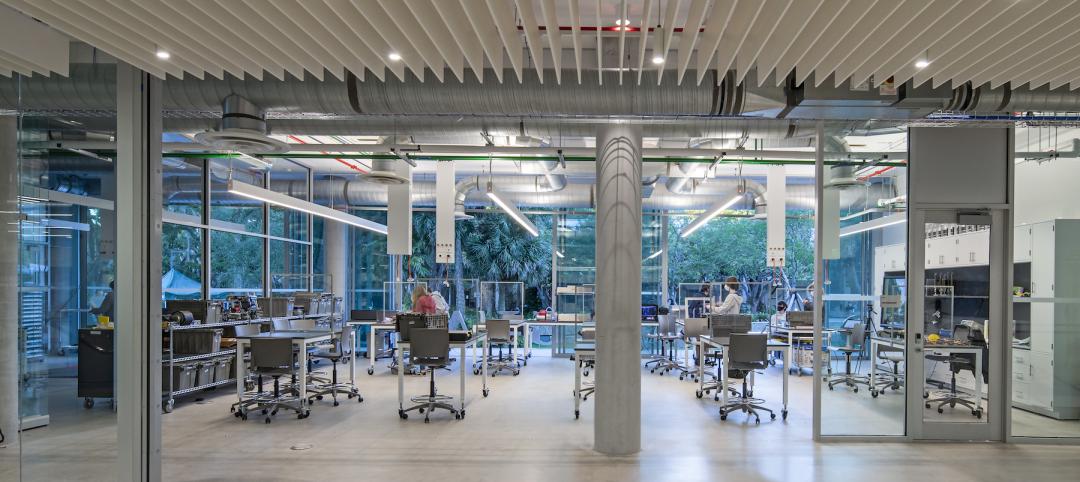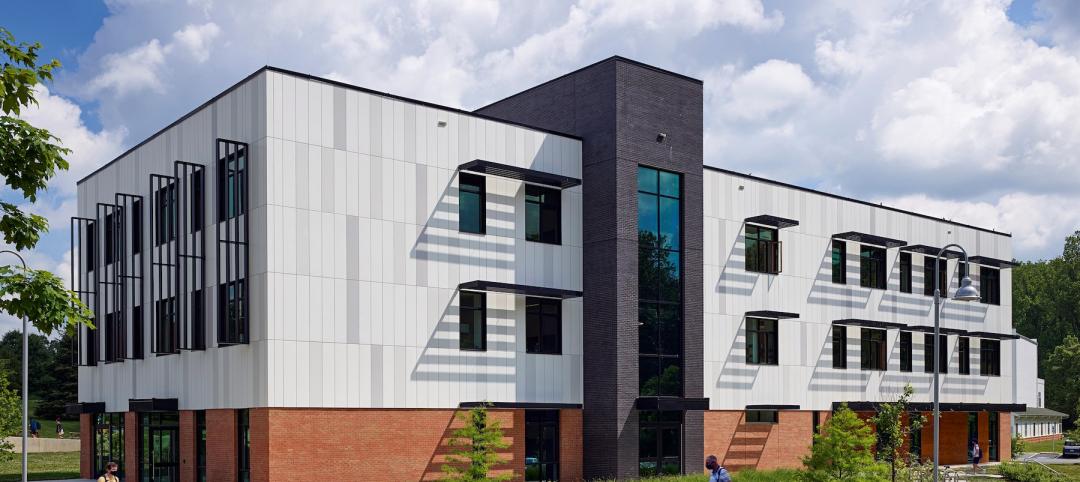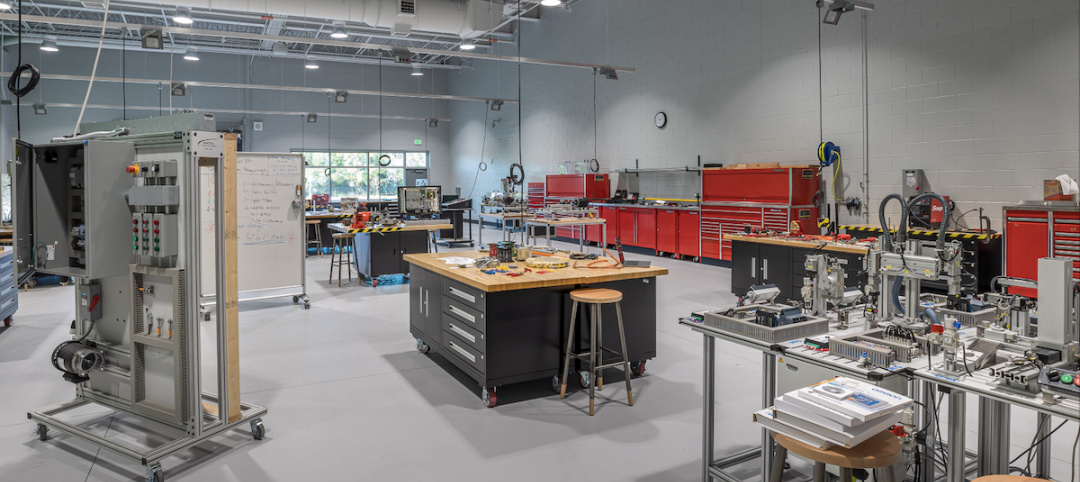U.S. school districts are widely planning to use funds from last year’s American Rescue Plan (ARP) to upgrade or improve air filtration and heating/cooling systems, according to a report from the Center for Green Schools at the U.S. Green Building Council (USGBC).
The report, School Facilities Funding in the Pandemic, says air filtration and HVAC upgrades are the top facility improvement choice for the 5,004 school districts included in the analysis. The top choice for spending federal funds was for staffing, followed by air filtration/HVAC at $5.5 billion.
Other categories of planned spending include $2.6 billion for repairing/improving school facilities; $271 million for upgrading windows, roofs, and doors; and nearly $11 million for UV lighting for disease mitigation. The average planned spending for air filtration and HVAC is about $260,000 per school. Around 500 school districts plan to spend over $1 million per school on one or more of these categories.
District interviewees said having substantial federal dollars was important to be able to invest in costly HVAC infrastructure projects, which would otherwise be delayed or addressed in phases. They also noted that they face constraints on their projects caused by the pandemic, associated supply chain issues, and the rising rate of inflation.

District interviewees noted that where HVAC upgrades were made in their schools, they were able to keep energy usage and costs to a minimum compared to schools with outdated systems.
More findings from the School Facilities Funding in the Pandemic study
- Although staff capacity, inflation and supply chain shortages are affecting infrastructure projects, school districts have prioritized significant ESSER III funding to support indoor air quality for their students and staff. Of all the funding categories tracked by Burbio, air filtration/HVAC was the second-highest category for district planned spending at $5.5 billion, just behind staffing/teachers/academic interventionists/guidance counselors.
- Of the 2,379 school districts that planned to spend any ESSER III funding on facilities, large districts planned to spend the lowest percentage (on average 22%) and small districts planned to spend the highest percentage of their total allocation (on average 30%).
- Small and medium-size districts (those with 20 or fewer schools) consistently reported more spending per school on facilities categories than their larger counterparts.
- In addition to filtration and HVAC improvements, in most cases, districts that planned to spend in this category also indicated plans to spend in at least one other facilities category, displaying a layered approach to addressing COVID at the building infrastructure level.
- The district interviewees highlighted the importance of having substantial federal dollars to invest in costly HVAC infrastructure projects, which would otherwise be delayed or addressed in phases.
- District interviewees noted that where HVAC upgrades were made in their schools, they were able to keep energy usage and costs to a minimum compared to schools with outdated systems. Similarly, interviewees reported positive results from spending in other facilities categories to reduce the spread of COVID.
The analysis included qualitative interviews with three school district facilities personnel and a quantitative analysis based on a data set of 5,004 school districts’ ESSER-III spending plans by the Burbio data service. The dataset contained information from school districts from all 50 states and the District of Columbia, representing approximately 74% of public-school students and roughly $83.1 billion in ESSER III funds.
Related Stories
K-12 Schools | Jun 4, 2022
A school district in Tennessee holds ceremonies for two new student facilities
A new gym and performance art center were designed and built by the same firms.
Codes and Standards | Jun 2, 2022
Guide helps schools find funding for buildings from federal, state government
New Buildings Institute (NBI) recently released a guide to help schools identify funding programs for facilities improvements available from federal and state government programs.
Coronavirus | May 20, 2022
Center for Green Schools says U.S. schools need more support to fight COVID-19
The Center for Green Schools at the U.S. Green Building Council released a new report detailing how school districts around the country have managed air quality within their buildings during the second year of the COVID-19 pandemic.
K-12 Schools | May 16, 2022
Private faculty offices are becoming a thing of the past at all levels of education
Perkins & Will’s recent design projects are using the area to encourage collaboration.
K-12 Schools | May 16, 2022
A Quaker high school in Maryland is the first in the U.S. to get WELL Gold certification
Designed by Stantec, a Quaker high school is the first in the US to receive WELL Gold certification, which recognizes a commitment to occupants’ health and well-being.
Sponsored | BD+C University Course | May 10, 2022
Designing smarter places of learning
This course explains the how structural steel building systems are suited to construction of education facilities.
Sponsored | BD+C University Course | May 3, 2022
For glass openings, how big is too big?
Advances in glazing materials and glass building systems offer a seemingly unlimited horizon for not only glass performance, but also for the size and extent of these light, transparent forms. Both for enclosures and for indoor environments, novel products and assemblies allow for more glass and less opaque structure—often in places that previously limited their use.
Education Facilities | Apr 28, 2022
ProConnect Education (K-12 to University) comes to Scottsdale, AZ, Dec 4-6
ProConnect Education 2022 will attract building product specifiers and manufacturers to the Andaz Resort in Scottsdale, Ariz., in December.
Market Data | Apr 14, 2022
FMI 2022 construction spending forecast: 7% growth despite economic turmoil
Growth will be offset by inflation, supply chain snarls, a shortage of workers, project delays, and economic turmoil caused by international events such as the Russia-Ukraine war.
K-12 Schools | Apr 1, 2022
Charleston County’s award-winning career and technical education high school
BD+C Executive Editor Rob Cassidy talks with the team behind the award-winning Cooper River Center for Advanced Studies, a Career|Technical Education high school in Charleston County, S.C.

















